 Southwest Ledge, located one mile offshore on the east entrance to New Haven Harbor, is a formidable obstacle, covered by only 7 ½ feet of water at low tide. When the possibility of a lighthouse for the ledge was explored in 1845, it was determined that building a lighthouse on the ledge for a reasonable cost was not feasible, and as an alternative, a new tower was erected at Five Mile Point.
Southwest Ledge, located one mile offshore on the east entrance to New Haven Harbor, is a formidable obstacle, covered by only 7 ½ feet of water at low tide. When the possibility of a lighthouse for the ledge was explored in 1845, it was determined that building a lighthouse on the ledge for a reasonable cost was not feasible, and as an alternative, a new tower was erected at Five Mile Point.
The need for a lighthouse at the ledge was reexamined in 1872, and this time, the technology was available to make it happen. The Southwest Ledge Lighthouse, designed by Major George H. Elliott, was one of the first of its kind, built on a cylindrical iron foundation, designed to prevent flowing ice from inflicting damage to the foundation.
The 45-foot-tall lighthouse is an eight-sided three-story cast-iron structure with a Mansard roof covering the top two stories. Atop the tower is an octagonal lantern room surmounted by an ogee octagonal roof.
Work on the foundation began in 1873 with three thousand tons of rip rap laid around a hole for a cast-iron tube. Before the tube could be inserted, a severe storm hit the ledge throwing the huge stones into the empty hole. It was too late in the season to continue, and the project was delayed until the next spring.
The lighthouse design was deemed such a marvel that when the superstructure intended for Southwest Ledge was completed, it was put on display at the 1876 Centennial Exposition in Philadelphia, shining its light every night from July 4, 1876 until the close of the exhibition. A keeper lived in the lighthouse, tending the beacon each night.
The displayed superstructure never found its way to Southwest Ledge, as an identical structure was sent to Southwest Ledge during the Exposition so that construction would not be delayed. After the Exposition, the superstructure on display was sent to Ship John Shoal in Delaware.
Lit by Keeper Elizar Thompson, Southwest Ledge Light cast its lifesaving beam for the first time on January 1, 1877. Shining from a fourth-order Fresnel lens, the light could be seen for thirteen miles. On August 20, 1888, a Daboll hot-air fog signal was established at the station, and in 1889, a red sector was added to the light.
The lighthouse, however, was not a heavenly home. Keepers often complained of the nasty water accumulated in the cistern, the unending dampness, and persistent cockroaches. The small, cramped, uncomfortable quarters eventually lead Assistant Keeper Nils Nilson (also spelled Neilsen) to go berserk.
Nilson had served at Sakonnet Point Lighthouse in Rhode Island, earning a Congressional medal for a daring rescue, before coming to Southwest Ledge, but his new living conditions proved unbearable. One night, after a minor disagreement, a deranged Nilson grabbed the fire ax and chased Keeper Jorgen Jonnensen around the tower, before Jonnensen barricaded himself into a storage room, and Nilson rowed off into the night.
Jonnensen decided not to report the incident, but convinced his brother-in-law to stay at the station as extra protection. Once again, Nilson lost his cool, and pinned Jonnensen against the wall threatening to cut his throat with a butcher knife. This time, Jonnensen was saved through the intervention of his brother-in-law. Shortly after, in 1908, Nilson went to shore and sadly took his own life.
The lives of many stranded souls were saved through the efforts of the keepers stationed at Southwest Ledge. Assistant Keeper Sidney Thompson was credited with saving four people at great personal risk soon after the light was established. Between 1914 and 1924 the keepers were instrumental in saving the lives of at least 20 people.
The light was automated in 1953 and a modern optic replaced the Fresnel lens in 1988. Today, Southwest Light, with its foghorn and flashing red light, continues to warn mariners of the dangerous hidden ledge.
Photo Text & Copyright www.Lighthousefriends.com



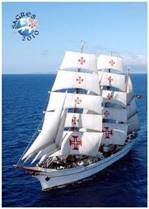





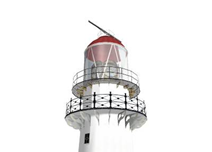













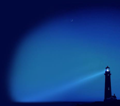


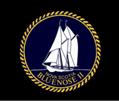


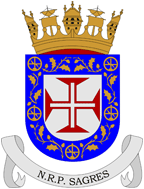

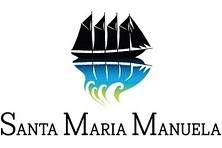
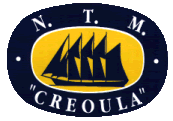








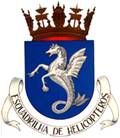
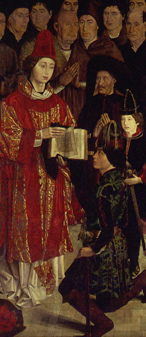
































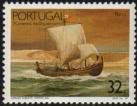
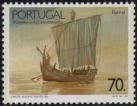
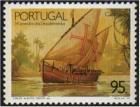
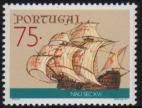









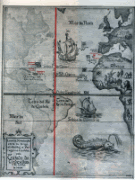

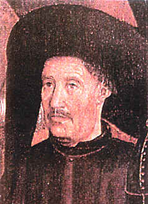

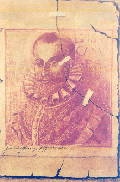

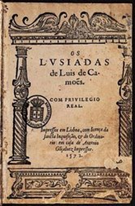
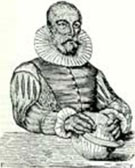
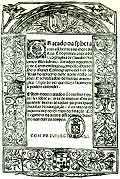
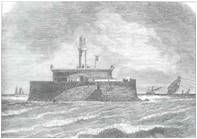




































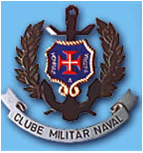


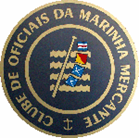



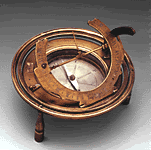
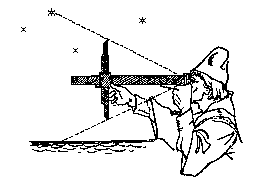








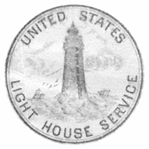

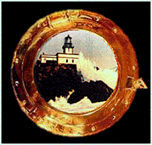


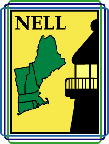


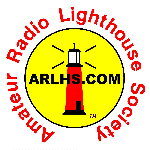


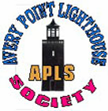




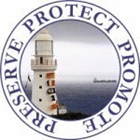
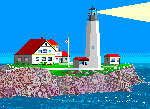




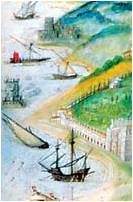
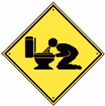
Sem comentários:
Enviar um comentário